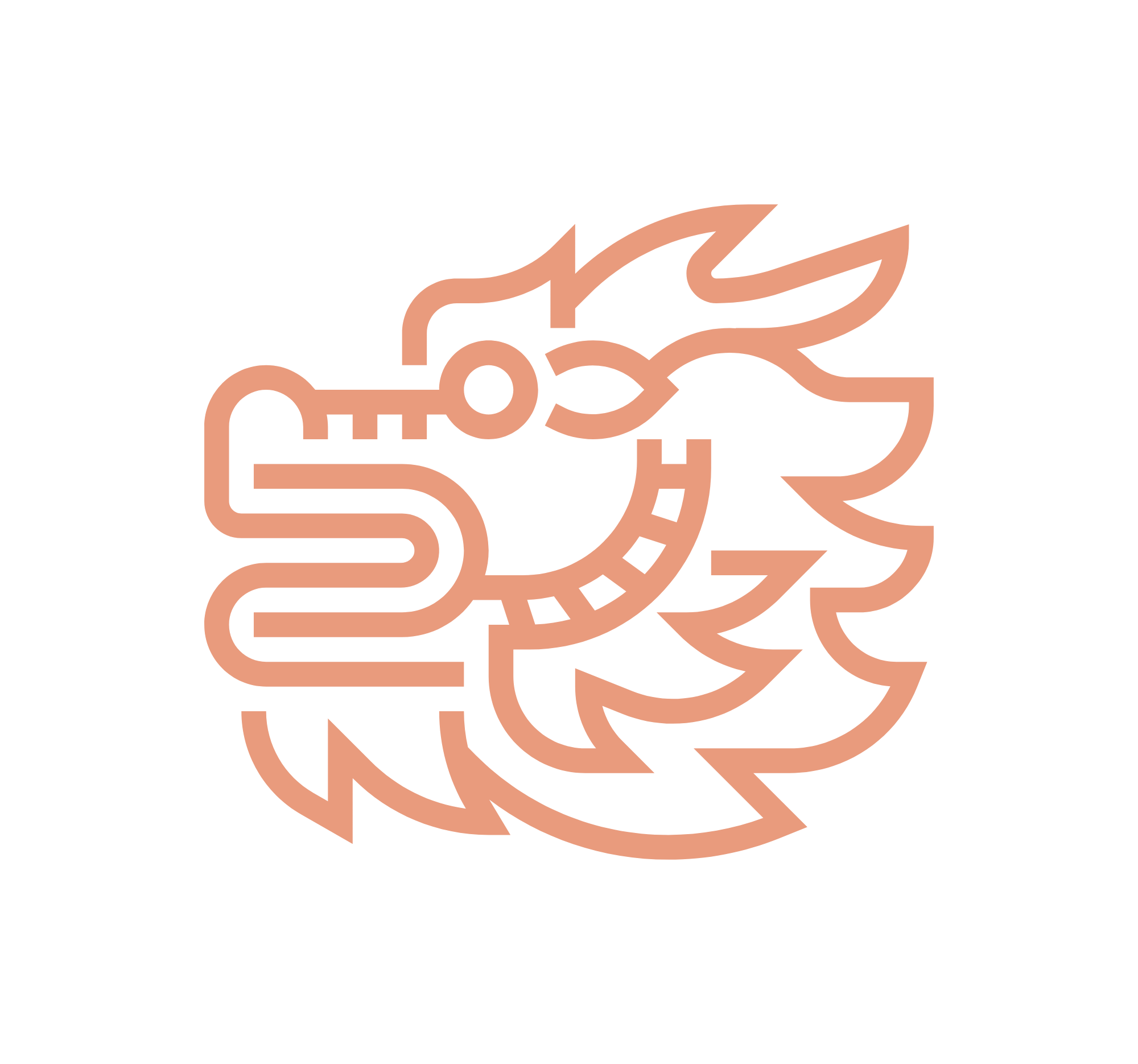Tai Chi – A quest for well-being for body and mind
Stress, bustle, burn-out. Our modern life at one point of time took the wrong turn, took a turn for a dead end, where a return to normality became more and more difficult, often with disastrous consequences.
A good many times, sufferers find their way to Tai Chi crabwise. Many people still believe, Tai Chi is one of those temporary fashion items. Nothing could be further from the truth. As a matter of fact, this sport has been around for centuries. Clinical trials even suggest, that it is helpful against high blood pressure and nervous tension, and even beneficial for our immune system. Reason enough to take a deeper look into Tai Chi.
There are some 100 million people world-wide, who practice Tai Chi regularly. Interestingly, Tai Chi attracts people of all ages. While youngsters are drawn to Tai Chi by physical fitness and martial arts aspects of it, seniors mainly focus on well-being and health promotion.
In any case, no matter what made them enthusiastic about Tai Chi, most will stick to it for their entire life.
In the homeland of Tai Chi, the Chinese term Tai Ji Quan (太极拳tie-jee-chwen) is used to refer to this sport. In the early morning or evening hours, you can witness groups practicing Tai Chi in public parks or places. For many of us, these rhythmic moves may be odd-looking at first, as we may not be accustomed to them. Often, you first notice the background music. There are natural sounds, combined with the strains of the Tibetan singing bowl, piano, flute, harp or string instruments that draw your attention to the scene. Then you see the rhythmic exercises, that are executed in a seamless flow of moves.
Generally speaking, Tai Chi is a form of Chinese martial arts, that is often referred to as Kung Fu. Nevertheless, this definition may be still a little vague, as not every Tai Chi practitioner sees himself as a fighter or even a martial artist. All the same, Kung Fu is among the oldest sports of mankind, that combine brawn and brains. Therefore, we will first look at Chinese martial arts and their different styles in general. We usually distinguish between the inner and outer style, or the hard and soft form.
For the outer style, the attention is turned to the areas of strength, physical fitness and speed of course. Accordingly, the training is geared towards these attributes and tends to be more offensive. The inner style on the other hand focusses on the strengthening of the inner strength and is therefore more on the defensive side. Here, other mechanisms for expression of strength are used. In reality, a complete division of both styles seems difficult, as they are often interlocking with elements of the opposite style blending in.
Of course, the emphasis of each style is different. The inner style’s focal point is the breathing or breath control and the intentional muscle relaxation. The correct breathing provides for the Chi, the inner energy, the inner rest and therefore for improved general condition or health promotion. For this reason, all exercises are adjusted in their speed and mostly slow in their nature. The precise execution comes to the fore.
The outer style on the other hand, that is often referred to as Shaolin Kung Fu or Chinese shadow boxing, focuses on self-defense and warding of attackers. Nevertheless, when Shaolin Kung Fu was first developed, the intentions were more diversified. Keeping healthy and treating medical conditions were as much in the focus as were safeguarding and defense of important mountain ranges and historic temple grounds.
Another way of distinguishing between both styles is by their underlying technique. Movements in Tai Chi are flowing and continuous, as they reflect the element of water, one of the five basic elements in the religion and philosophy of Taoism. Movements of Shaolin Kung Fu on the other hand are simple, direct and effective and therefore characteristic for Zen Buddhism. Zen, by the way, is only the pathway to Buddhism.
Historians see the beginnings of Tai Chi somewhere in between the 12th and 17th Century. According to a legend, the Taoist monk, by the name of Zhang San-feng, was inspired to invent this martial art after seeing the fight between a cobra and an eagle. Only by controlling the fear and total concentration on the eagle’s attacks, the snake was able to prevent being hit by the deadly hacking of the eagle. In the end, the snake could deliver a deadly bite to the eagle’s neck.
In any case, the teaching has been developed by the influence of countless Kung Fu masters over the course of centuries and even today enriches the lives of many people world-wide.
In the end, as with many other sports: Practice makes perfect. Don’t hesitate. Just give it a try. Your overall health will benefit and the monotony of everyday life will fade away.
